
Automation, Control & Plant Intelligence - Articles, Analysis, Reviews, Interviews & Views

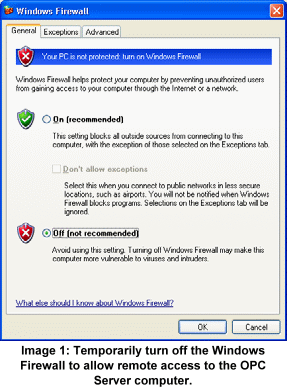 The first step to establish DCOM communication is to disable
the Windows Firewall, which is turned on by default in Windows
XP Service Pack 2 and later. The Firewall helps protect
computers from unauthorized access (usually from viruses,
worms, and people with malicious or negligent intents). If the
computer resides on a safe network, there is usually little
potential for damage as long as the Firewall is turned off for a
short period of time. Check with the Network Administrator to
ensure it is safe to turn off the Firewall temporarily. You will
turn the Firewall back on in section 5, titled “Restore Windows
Security,” on page 7.
The first step to establish DCOM communication is to disable
the Windows Firewall, which is turned on by default in Windows
XP Service Pack 2 and later. The Firewall helps protect
computers from unauthorized access (usually from viruses,
worms, and people with malicious or negligent intents). If the
computer resides on a safe network, there is usually little
potential for damage as long as the Firewall is turned off for a
short period of time. Check with the Network Administrator to
ensure it is safe to turn off the Firewall temporarily. You will
turn the Firewall back on in section 5, titled “Restore Windows
Security,” on page 7.
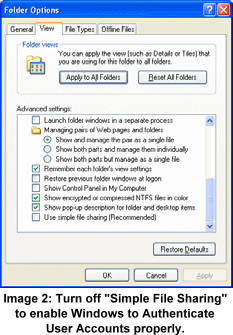 2.2 Local Users Authenticate
as Themselves
2.2 Local Users Authenticate
as Themselves
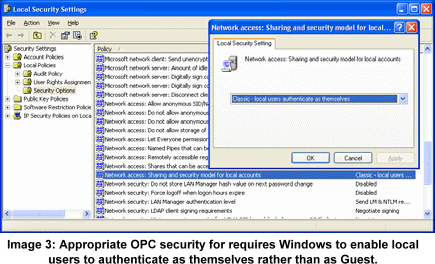
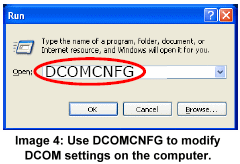 a. Click on the Windows Start button, and select the Run menu option (refer to Image 4).
a. Click on the Windows Start button, and select the Run menu option (refer to Image 4).
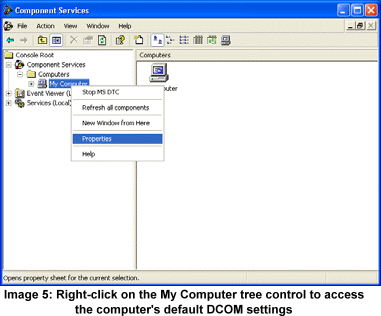
 Randy Kondor, President, OPC Training Institute, has more than 15 years of leadership experience building global OPC and security awareness and acceptance. An accomplished engineer, his vision and capable expertise have been a driving force in making the OPC Training Institute the world's largest OPC training company.
Randy's success is due to the priority he has placed on educating industry about OPC standards. Education continues to be his focus today. His significant impact in the industry continues to be felt as ....... See Details....
Randy Kondor, President, OPC Training Institute, has more than 15 years of leadership experience building global OPC and security awareness and acceptance. An accomplished engineer, his vision and capable expertise have been a driving force in making the OPC Training Institute the world's largest OPC training company.
Randy's success is due to the priority he has placed on educating industry about OPC standards. Education continues to be his focus today. His significant impact in the industry continues to be felt as ....... See Details....
YOU MAY LIKE:
Popular Articles
Manufacturing Insights